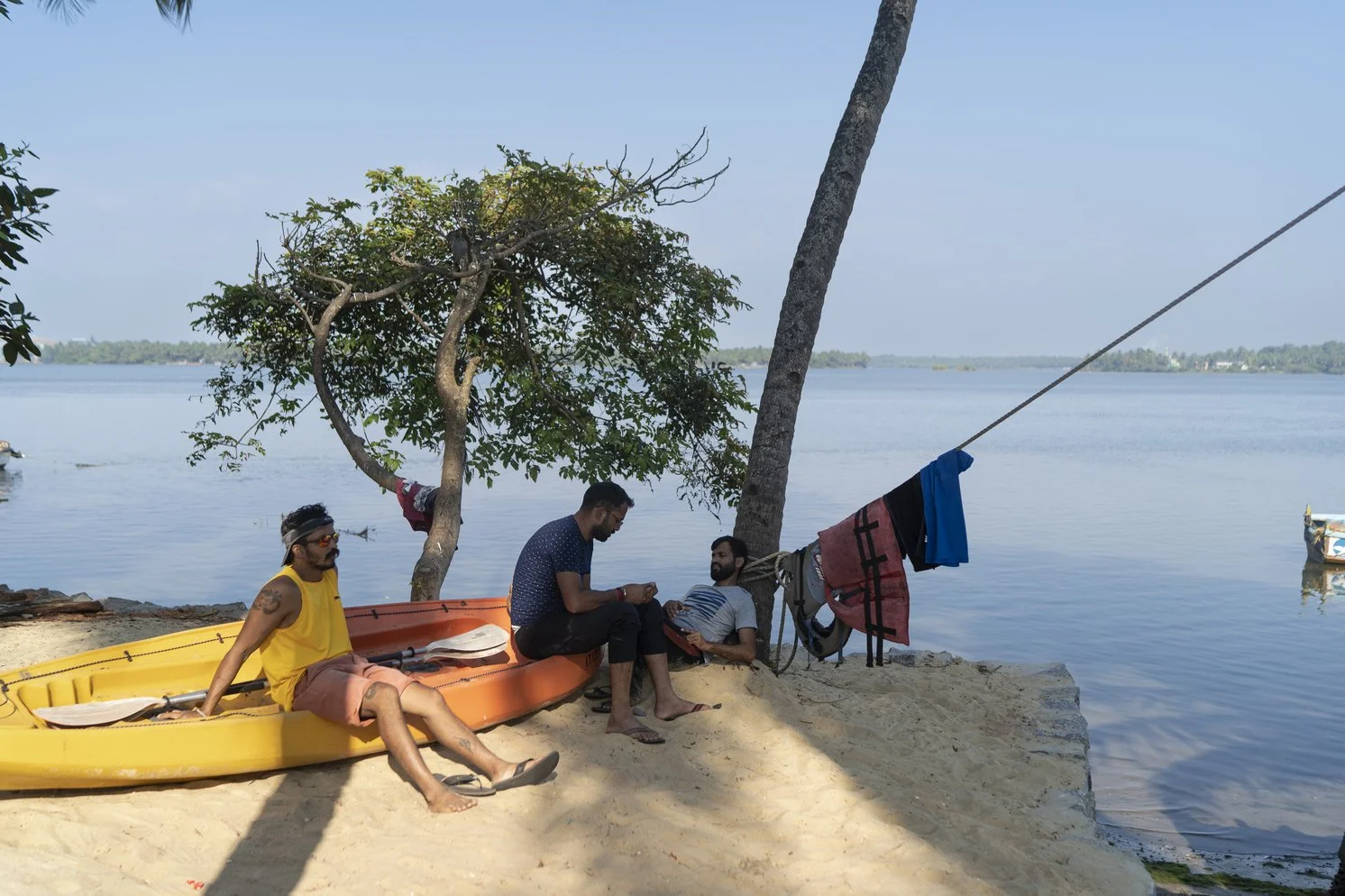Honouring the Mundane: ‘Where India Dries its Clothes’
A Photo Essay by Karan Khosla
I’ve known Karan Khosla for a few years now, and he occupies an interesting intersection between photography, filmmaking and writing. As someone who grew up in various parts of the country and has travelled extensively to shoot, his work has always been on our radar. Below is a selection of his photos, followed by a short Q & A with the photographer.
How did this project come about?
I’ve been traveling around the country for a while now, and I think I subconsciously started shooting this about a decade ago. Right now, I’ve been through the last five years of the archives.
About five years ago, I was shooting in Nangal for Nat Geo with a close friend of mine, and he saw me shooting clothes hanging outside people’s homes, and suggested I develop the idea. Over the years I’ve been lucky enough to travel a lot throughout the country, both for shoots and for my own explorations, and it’s become something I kept noticing. Seeing the way people hang their clothes to dry and what it showcases about their lives became almost second nature to me. People dry clothes everywhere across the country, it’s kind of unifying in a way, and it’s something I noticed across the length and breadth of the country, across classes and geographies, everyone living equally complex lives, but this remains common.
Where are these photos from?
So, these are basically photos that range from nomadic tribes in Gujarat to remote villages in Dzongu Valley (North Sikkim) to remote forests of the West Garo Hills in Meghalaya to Covid vaccination camps in Bombay to villages in the mountains of Himachal and Kashmir, from a surf school in Kodi Bengre to prime tiger territory on the borders of Pench. Basically, everywhere. I think it’s something I will keep a look out for and take photos of for the rest of my life, probably. I feel like it’s quite unifying and beautiful how clothes can say so much about people and their place - whether at a construction site, a fancy balcony or a beach, I found these images interesting.
Was there a particular aesthetic or ideal behind this project or your work in general?
When I started out, it was common street photography stuff, but I’ve increasingly become aware of the general global gaze over past decades when it comes to documenting India. I do believe this is changing now and we all play a part in that changing that narrative and emphasizing the difference between how foreigners and people within the country see India. I would say something I really aspire to is celebrating the mundane, to showcase the beauty of everyday lives but without making them seem exotic or faraway. Not to say that this is something new, but like being true to the frame and not engineering it in any way, being respectful to people and the environment where you are, asking for permission whenever needed and having a genuine conversation, not being selfish and hopefully leaving them with a smile too, because more often than not, I always try to. That kind of honesty is what I really believe in.
For instance, a couple of photos in the larger collection are from Bir. During the pandemic when my brother, me and a few friends were staying there for a while, I asked a woman if I could take a picture of her with her child and she complained for a while about how many tourists come and take photos without her permission, how nice it was to just be asked, and how she had seen me in the village earlier that week. How you compose and how you capture a moment sometimes says more about the photographers than the subjects.
Anything else you want to share about the project?
Honestly, there was no master plan, it’s something that I began to notice, and I was often on the road, I started seeing patterns and kept shooting because it’s something so simple and so interesting to me, not just visually, but across geographies and communities. It’s not a groundbreaking idea, but it’s just something that has stuck with me. I’ve been to so many different parts of India and I love it more than any of the thirty or so countries I’ve been to. You always discover something unexpected or surprising! Nobody except me has met all of these people, or seen their clothes hanging, as funny as that sounds.
This is just a selection of a few images, but there’s a far larger collection I’ve gathered in recent years. Over coming months, I hope to develop this project further, to excavate the many thousands of images in my hard drive and maybe share more of them, turn it into a book or use it for some other project, and this felt like a great way to begin.
***
Karan Khosla is a photographer who grew up across India. He has worked as a photographer, director and cinematographer for over a decade while also developing his own projects. He has worked with brands including Meta, Google, Unicef India, Architectural Digest, The Guardian, Vice, Amazon Prime and many others. You can see more of his work @thekhos on Instagram.
Abhay Puri is a writer and the founder and editor of Hammock Magazine.


















